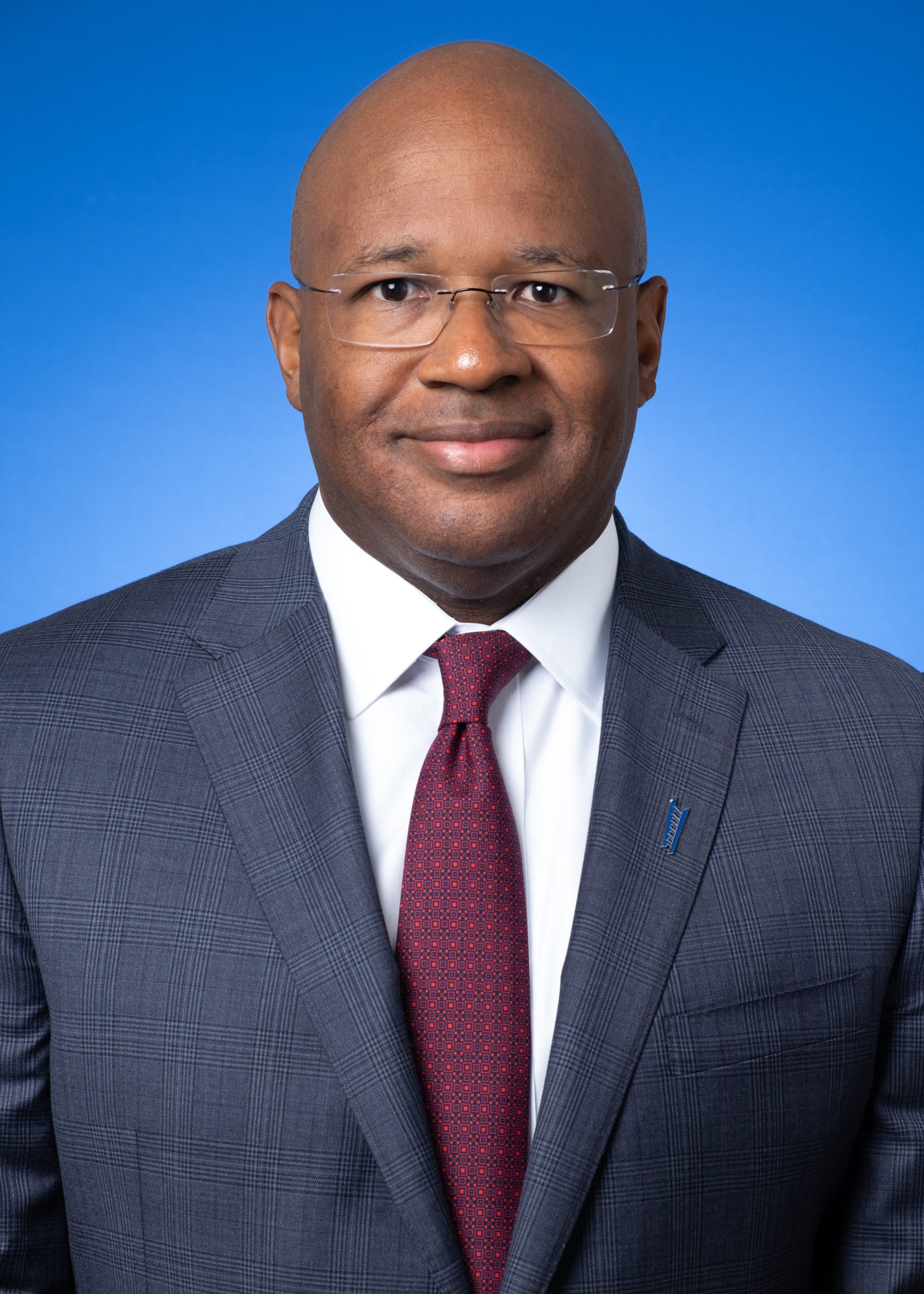 Why is Inclusion, Diversity, Equity and Accessibility (IDEA) a priority at Wayfinder and a pillar in the current strategic plan?
Why is Inclusion, Diversity, Equity and Accessibility (IDEA) a priority at Wayfinder and a pillar in the current strategic plan?
Wayfinder added “accessibility” to what most organizations refer to as DEI to maintain our longtime focus on offering opportunity to people with disabilities. When Wayfinder’s work expanded to incorporate mental health, adoption and child welfare, as well as vision loss and other disabilities, we began serving more diverse communities—in ethnicity, culture, age, type of disability, child welfare involvement and trauma needs. They all deserve equal access to economic well-being and better health. Wayfinder is passionately committed to this effort. That said, I would like to get to the point where we don’t have to call IDEA out as a pillar of our strategic plan. I’d like IDEA to be second nature.
What is the impact of IDEA on Wayfinder?
Research has shown that companies with more gender and ethnic diversity outperform those with lower diversity. Diverse groups are more innovative and make better decisions. Wayfinder’s IDEA priority is a strength that makes us more effective at fulfilling our mission. By understanding the experiences of children and families, we can better assist them in achieving greater well-being and independence. In other words, our clients have better outcomes because we are so committed to IDEA. Also, embedding IDEA in Wayfinder’s culture means that we value the life experiences of our staff and make sure they receive equal opportunities to grow and advance.
How is Wayfinder doing in living up to its ideal of IDEA?
I am very pleased with the diversity of Wayfinder as a whole. The leadership levels of the organization are very diverse. We have strong people who are top-notch in the job they do. Our staff are well-matched with our clients in diversity. The board is diversifying and we are making choices to fill important seats using a process that fosters diversity. We call out IDEA as a pillar, but Wayfinder is already living those values.
December 8, 2021


